| Sexy interiors. Sharp lenses stopped down to small apertures, slow shutter speeds, high ISO. A single flash, usually on-camera. Yes, these are the generally-accepted scriptures of indoor shooting. They’re also a bunch of rules I break for travel shots.
Ordering at Grassburger, Albuquerque Roll Your Own Light… I bring as many as three remote-trigger flashes on lightstands, though I’ve used as few as one. I want to highlight unusual features of the home, and I don’t know what they are until I get there. I also need to shoot the way the client wants.
Front hall staircase I usually mimic window light, or what I’d see from light fixtures. My eye corrects for the contrast range a camera blows out or loses in inky shadows. So I need to bring up dark light levels as the camera sees it to match the important bright areas. I may also bring up the overall interior light level to keep detail in daylight views out windows. I use manual flash, adjusting each unit’s light levels to taste. I may also use amber gels over each flash, usually to match color temperature of interior lights or early morning sunlight. People like to look at warm colors, probably from our ancestors’ nights around a fire.
Stairs and dining room The camera is always on a tripod, so I can use lower, noise-free ISOs – unless I can’t back up far enough for a tripod. I check depth of field with apertures chosen to maximize the range of sharp-looking focus in a small space. Those same tight quarters usually dictate an ultra-wide lens on a full-frame camera, usually 16mm or 17mm, sometimes 24mm. I need to tell the house’s story accurately, so I’ll shoot as far away from interior details as I can to avoid perspective distortion. I don’t want home buyers to expect huge rooms if they’re actually small. And I may only have a few hours to shoot, so I need to work quickly. There’s an adrenaline rush to getting in the swift photographic groove it requires. It’s more like short-order cooking from scratch than photography. But the ‘food’ has to look and taste good, so I check each shot on-site for correct exposure and focus, and for content.
A beer at the Alley House Grille …Or Use What’s Already There Restaurant dining can be a big part of your road trips. We usually pick places for their food first and venue second. We’ve found that TripAdvisor’s top-rated places may have been ‘packed’ by fake reviews, so we go for something below number 3 instead. A restaurant gets bonus points for being in an old historic building or offering wild views. I’ll shoot anything from a broad view of the room to the detail of food and drink on my table, usually with suggestions of the larger scene.
Chandelier and Tables, Bar N Ranch The Bar N Ranch Restaurant was TripAdvisor’s number 12 in competitive West Yellowstone, Montana, and offered forest views in a rustic log cabin style setting. I grew up with a Montana ranch in my family, so I felt right at home. Window light still shined in on a late September evening, but most of the light came from elegant chandeliers and wall sconces. I didn’t think about ISO, shooting at 1250 with a Zeiss 25mm f/2.8 Biogon T* ZM lens on a mirrorless Fuji X-E2 camera. The camera picked 1/5 second for the ISO and my chosen f/5.6 aperture. If I’d had half a brain, I’d have gone to a higher ISO, but we were pooped after a day of driving from Missoula, and I didn’t think about it. Holding my breath and gently squeezing the shutter after focusing on an intermediate point in the picture gave me something usable, but not as sharp as I’d like.
Steak at Lambert’s, Taos Lambert’s is our go-to elegant dinner spot in Taos, NM. It feels like you’re dining in a friend’s house, and the food is always excellent. I used the 25mm f/2.8 Biogon T* on the X-E2 again, setting ISO 6400 and bracing my elbows on the table for 1/10 second. I focused on the steak and potatoes, and angled my view so the lit candle and water glass were in the same sharp plane as the food. I went close, but included enough background to show elegant fine dining.
Bartender, Alley House Grille Pagosa Springs, Colorado’s Alley House Grille has some of the best beer and seafood/poultry/beef anywhere in the Rockies. We ended up there the first time after deciding to cut our losses and leave the disappointing brewpub we’d been at. Elegant bars and their bartenders always catch my eye, especially in great light. The Alley House delivered that and a tasty dinner.
Beer and mini steak kabob at the Rancher’s Club, Albuquerque We chose Albuquerque’s Rancher’s Club to celebrate our anniversary. I had a 28mm lens on a manual-focus Leica M10, the lens chosen to give large depth of field if someone else used it to photograph us at dinner. It also worked very well for the elegant place settings with beer and mini-kabab appetizer.
Bread and sweets at the Swiss Alps Bakery & Cafe, Albuquerque We wanted to check out traditional breads and sweets for an Oktoberfest party, so we went to the Swiss Alps Bakery & Cafe. Their display case looked yummy, and I loved the way it lit the face of the baker and my wife. After dialing in a fast-enough 1250 ISO, I set the 35mm lens to f/2, focused on the baked goods and took the shot. Early mentor Moose Peterson once told me the professional knows when not to take the shot. Travel interiors depend on recognizing great light and working with what’s there. So before shooting anything, I look for that light and a scene that grabs me. A picture tells a story, even if I miss the focus slightly. Shot Notes The human element makes a picture more interesting. I usually include a bartender, other diners, or at least some food or drink to suggest it. I’ve gotten to know what camera metering patterns give me for exposure. I’m especially comfortable with exposures from the Leica M10’s center-weighted sorta-spot meter – the same metering used on film Leicas as far back as the M6 – most of the time. It tends to under-expose when there are bright highlights anywhere near the center, but I can usually fix dark shadows later if I shoot in DNG raw format and forget to dial in some overexposure. The Fuji X-E2’s multi-segment metering does a more accurate job, but that camera likes to switch from RAF raw to JPEG without telling me. This can give me blown highlights and really icky-cold white balance. I’m probably hitting some combination of buttons accidentally to do this, but I really shouldn’t be able to. And I don’t get the widest-possible lens coverage from the X-E2’s crop sensor. Finally, Canon’s full-frame EOS 5D mk II and 5D mk IV almost always give me great exposures from their multi-segment metering. But like most dSLRs with their AF lenses, they’re too heavy. That’s why I don’t usually have one on when we walk into a restaurant or bar. More Information Bar N Ranch, retrieved from https://bar-n-ranch.com/dining/ Lambert’s of Taos, retrieved from http://lambertsoftaos.com/new-manager/main Alley House Grille, retrieved from http://www.alleyhousegrille.com/ Rancher’s Club of New Mexico, retrieved from https://www.theranchersclubofnm.com/ Swiss Alps Bakery & Cafe, retrieved from http://www.swissalpsbakery.com/ |
(408) 483-3782
Curious about how to shoot ruins?(408) 483-3782
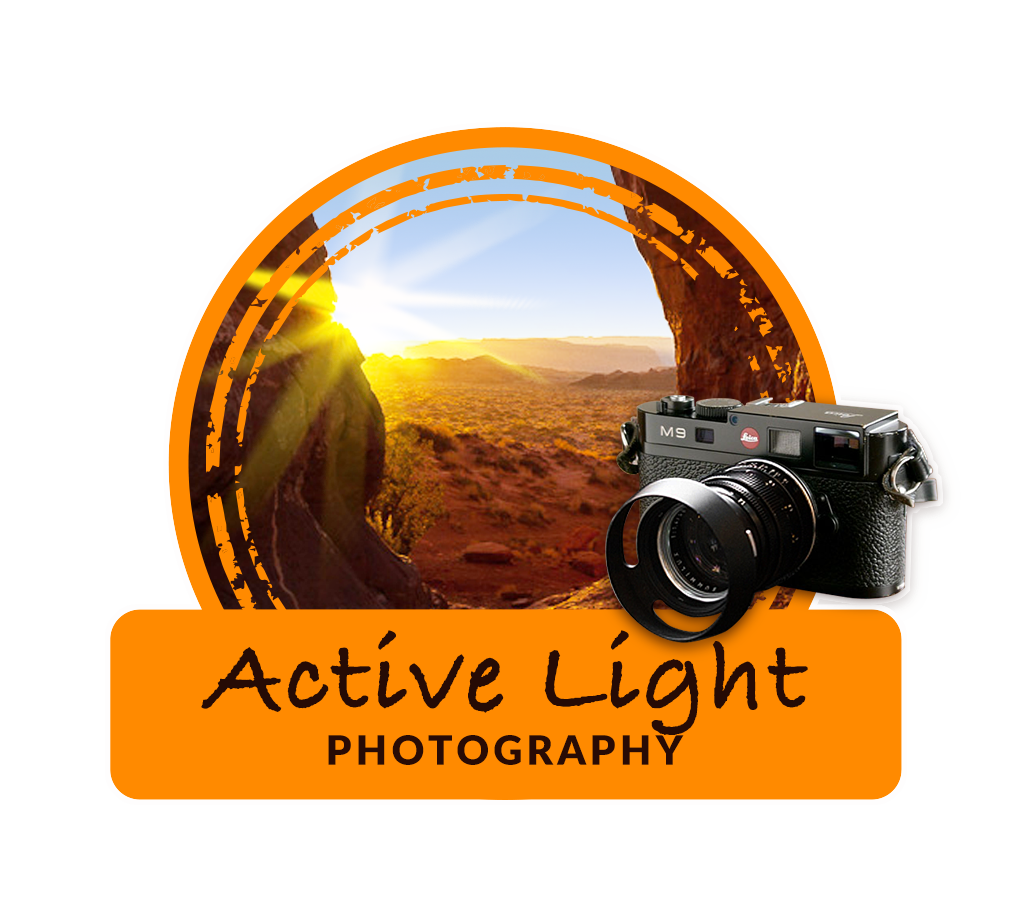
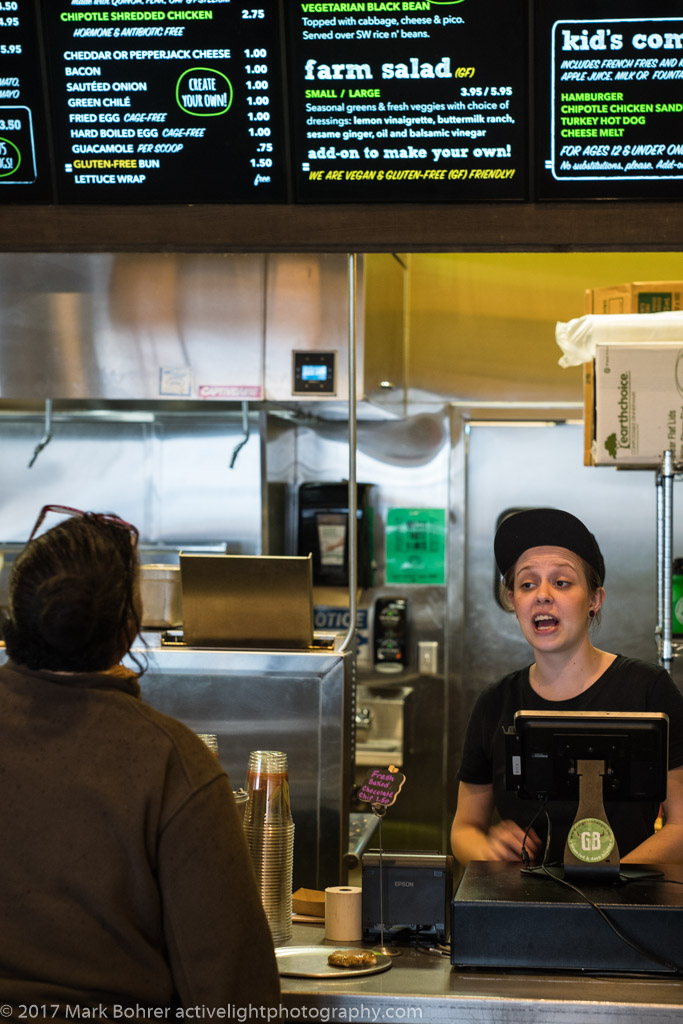
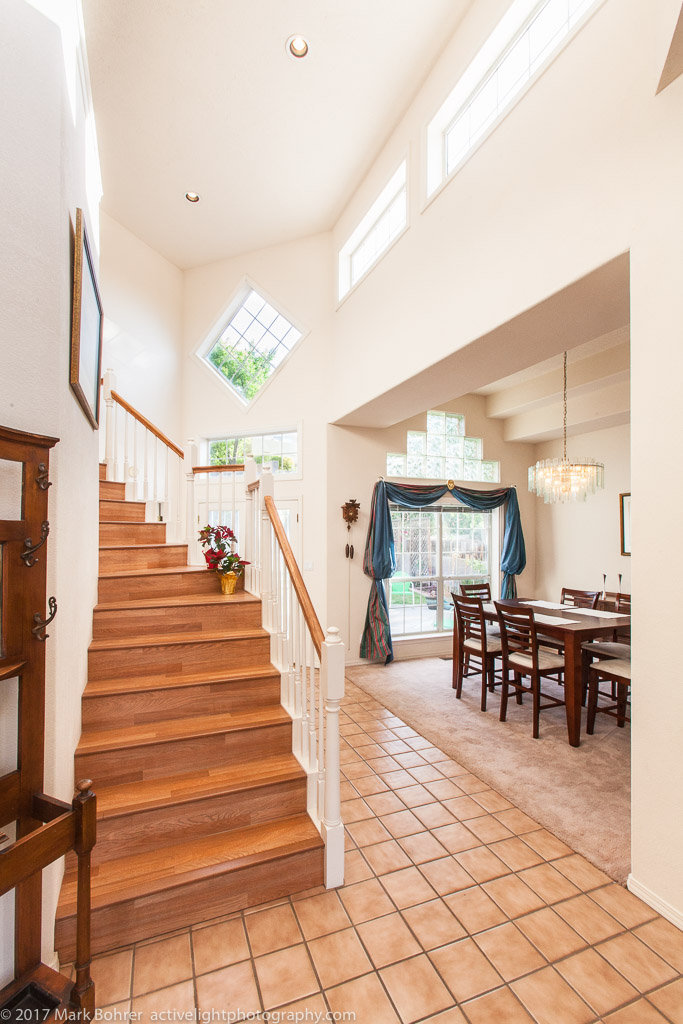

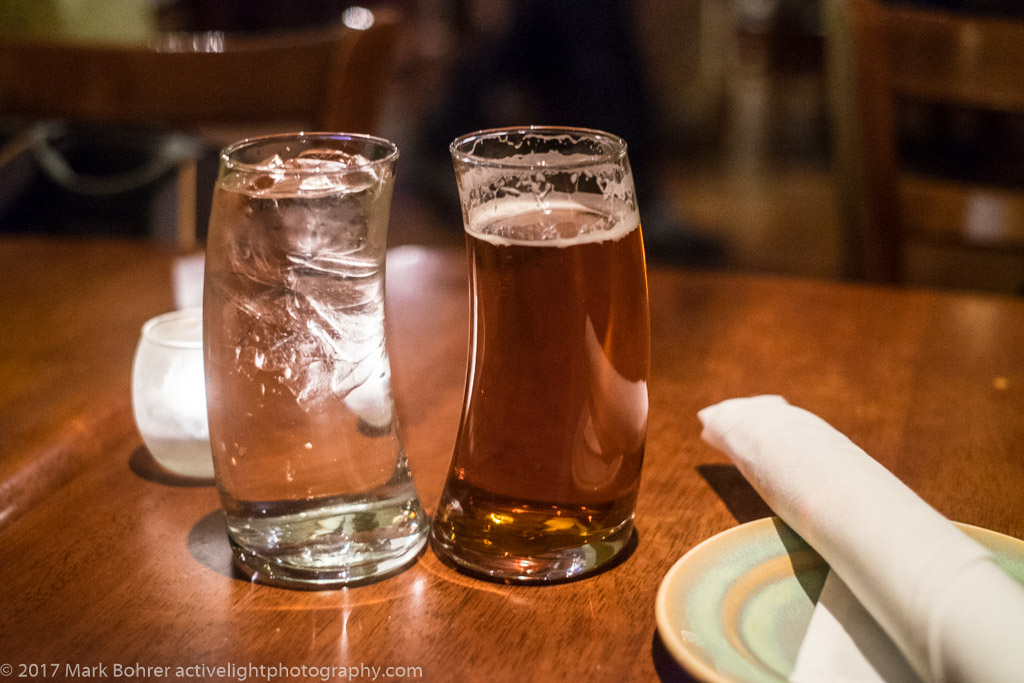
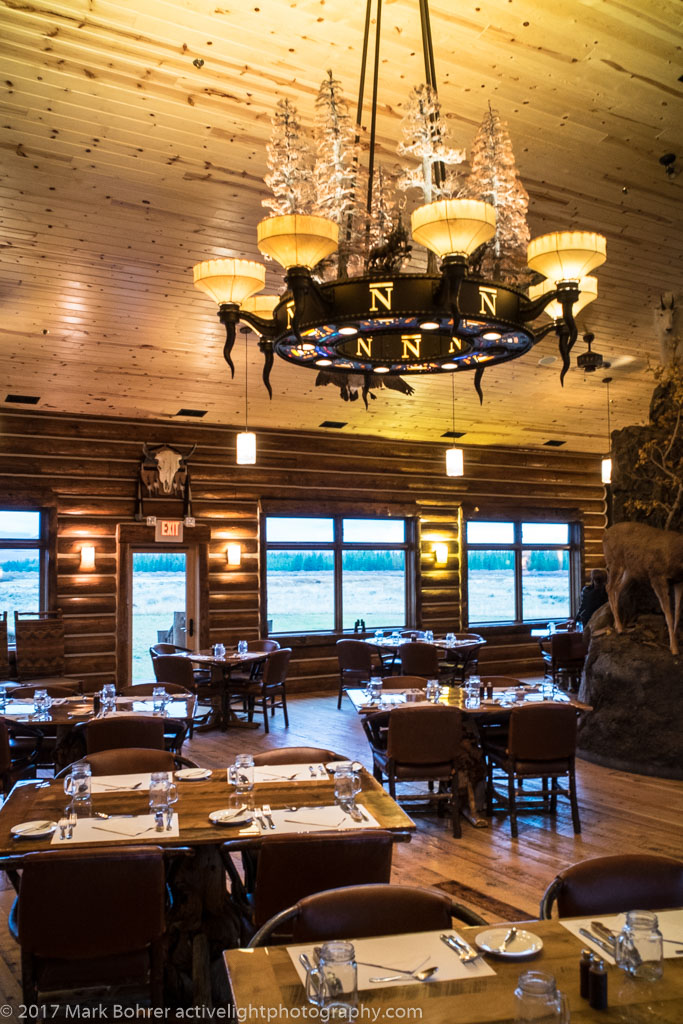
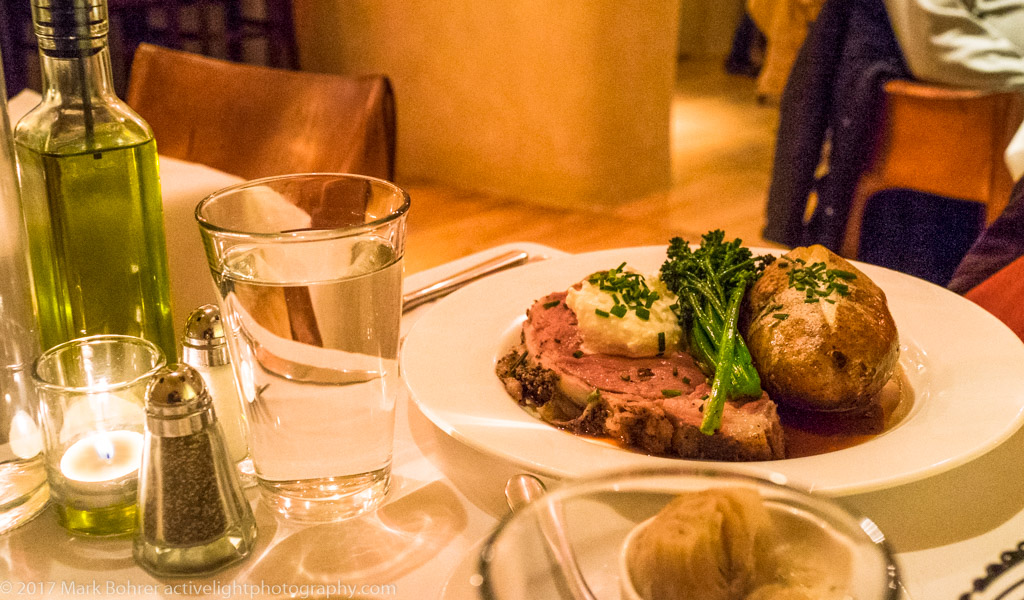
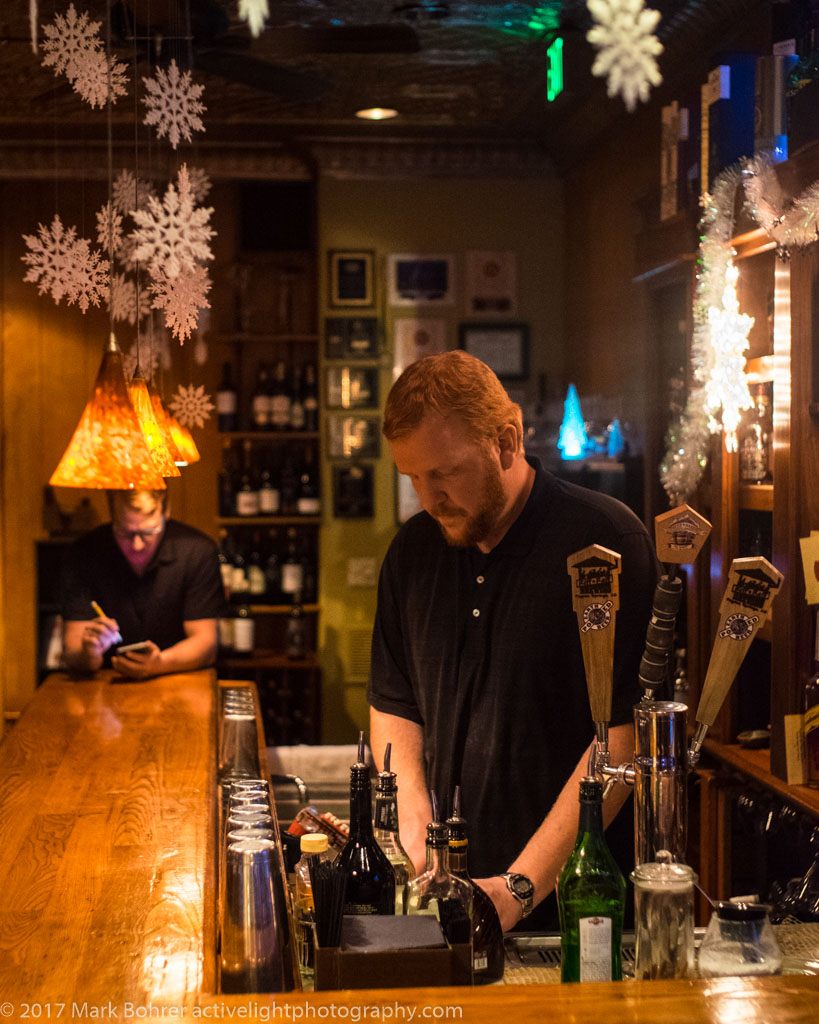
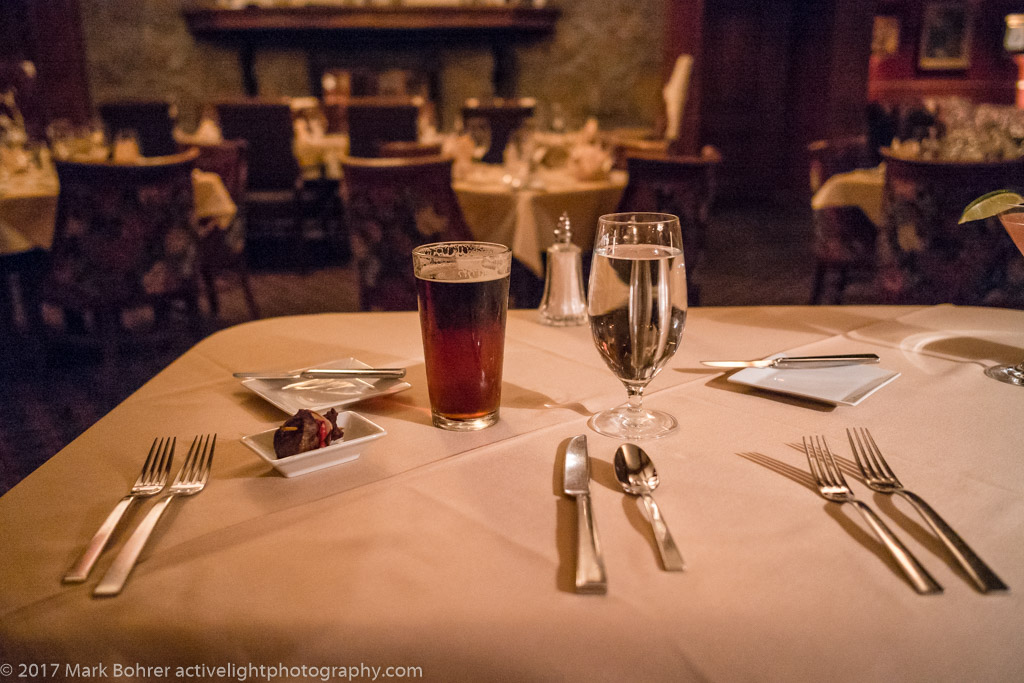
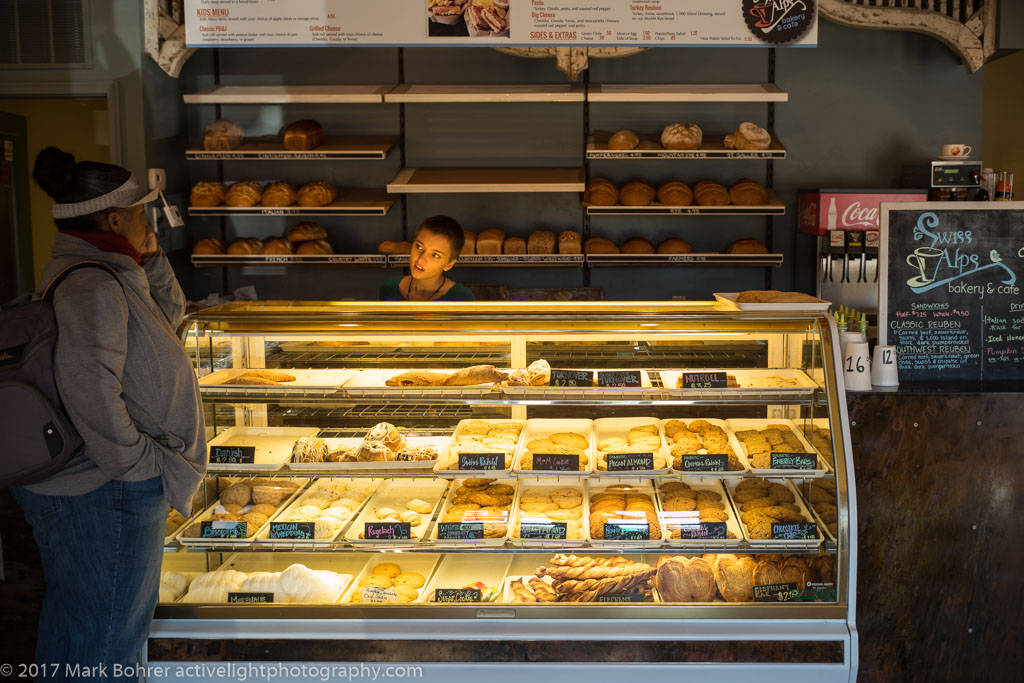
Recent Comments